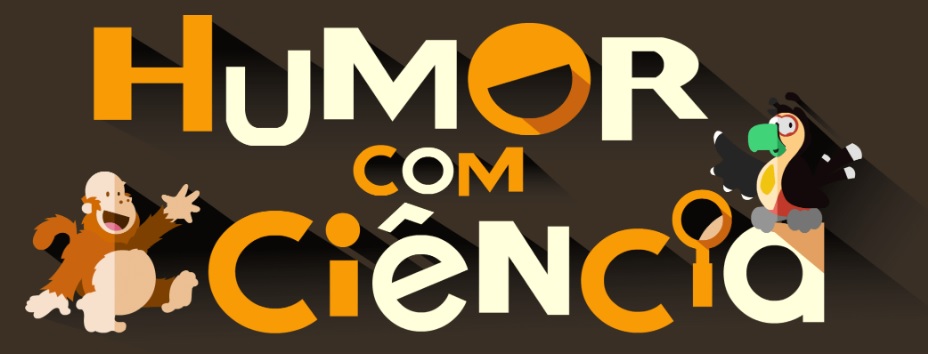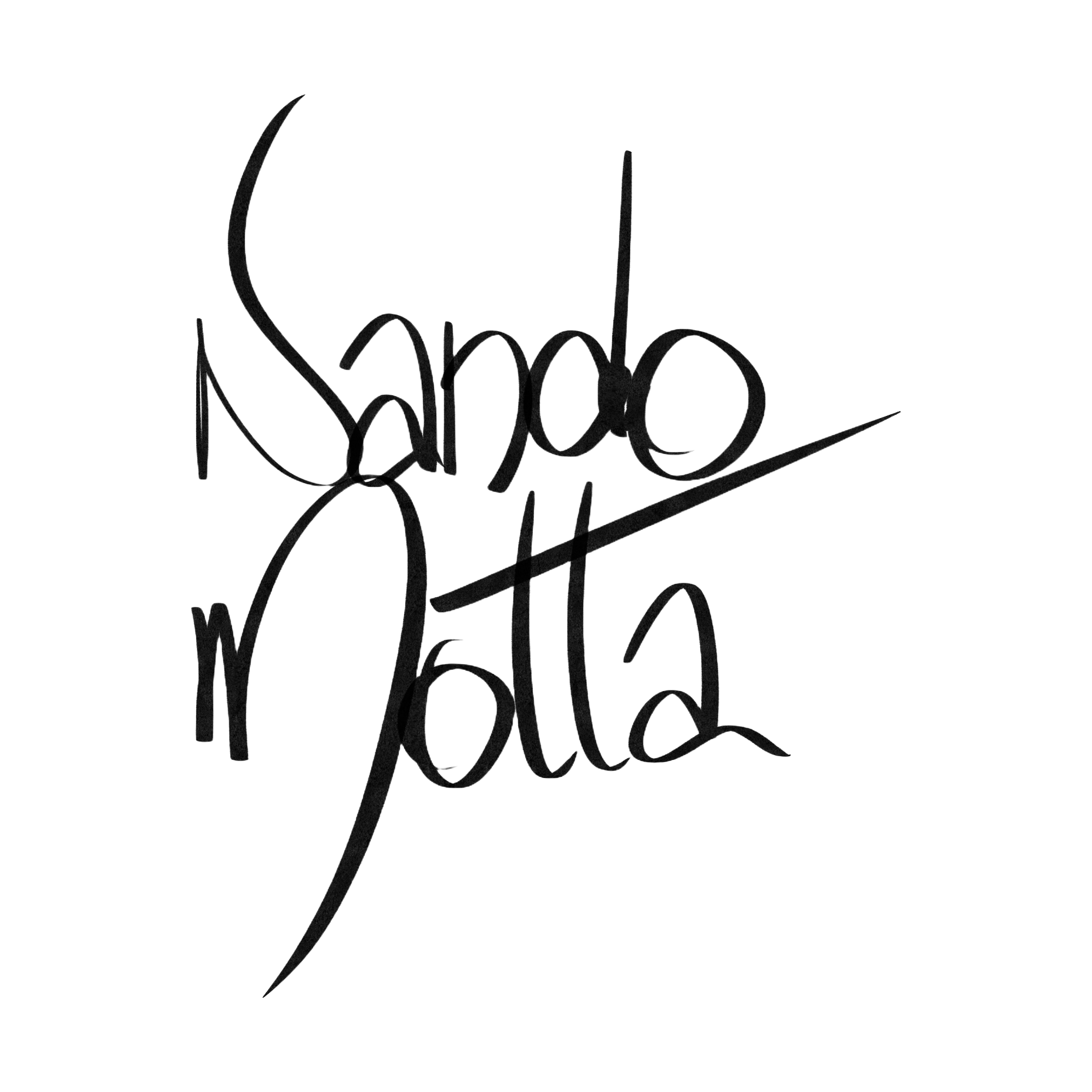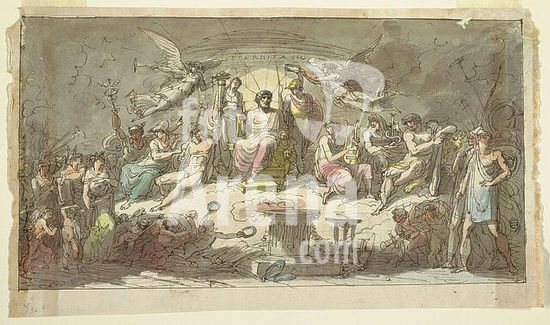
ny220324094307
The planet Neptune representation in a model of the solar system that stretches over 100 miles along U.S. Route 1, between Houlton and the neighboring town of Littleton, Maine, on March 14, 2024. Preparing for an eclipse and rare crowds in northernmost Maine; some in the remote region are not sure how they feel about being in the solar eclipse?s path of totality. (Greta Rybus/The New York Times/Fotoarena)
DC






























































































































































